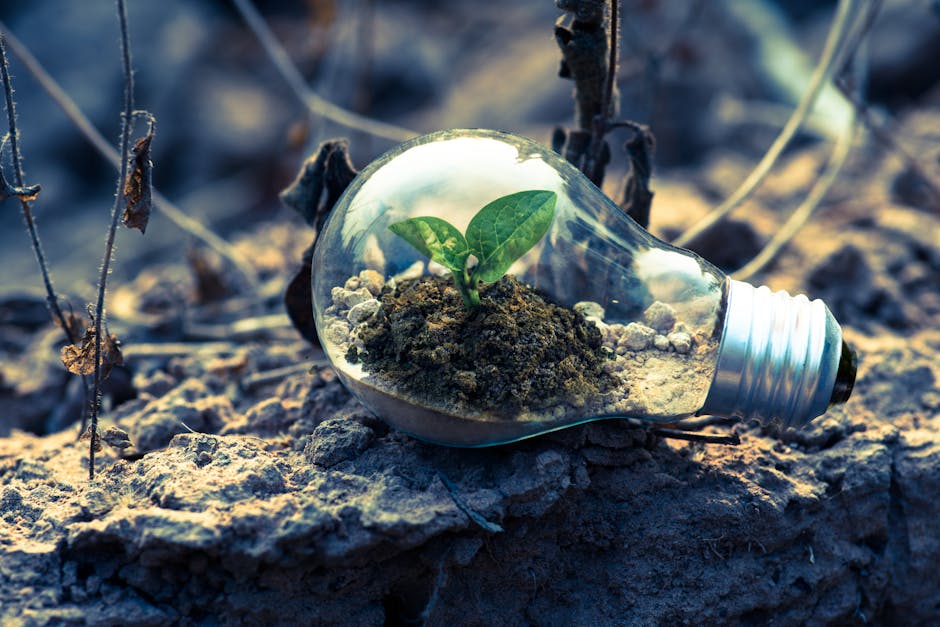How Sustainable Practices Are Influencing Home Improvement Trends
There’s something inherently satisfying about improving your home. Whether it's adding a fresh coat of paint, replacing old fixtures, or planning a full-scale remodel, these changes breathe new life into your space. But Home improvement doesn’t just impact your wallet; it affects the environment too. This reality is sparking a shift toward sustainable practices, and it’s not just a passing trend.

These eco-conscious choices are shaping the way people think about home upgrades in significant ways.
Rethinking Materials: What You Use Matters
Gone are the days when home improvement materials were chosen solely based on cost and aesthetics. Now, homeowners are paying closer attention to what goes into their renovations. Sustainable materials like bamboo flooring, recycled glass countertops, and reclaimed wood are becoming household staples. Why? They’re durable, stylish, and significantly reduce environmental impact.
Bamboo, for instance, grows rapidly compared to traditional hardwood trees and can be harvested without causing long-term damage to the ecosystem. Similarly, reclaimed wood not only gives your home a rustic charm but also reduces the demand for newly harvested lumber. It’s like giving old materials a second chance at life, pretty poetic when you think about it!
And it’s not just about wood or stone. Even paints are getting an eco-friendly makeover. Low-VOC (volatile organic compound) and zero-VOC paints are healthier options for you and better for the environment. These paints release fewer harmful chemicals into the air, making them an excellent choice for families with kids or pets.
Energy Efficiency as the New Norm
If you’ve ever cringed at your energy bill during peak summer or winter months, you’re not alone. Energy-efficient upgrades are taking center stage in home improvement projects, not only for their cost-saving potential but also for their environmental benefits.
Take windows as an example. Double-glazed or triple-glazed windows insulate your home better than single-pane options, keeping it warmer in winter and cooler in summer. This reduces reliance on heating and cooling systems, which is a win-win for both your bank account and the planet.
Lighting is another area where sustainability is shining bright, literally! LED bulbs use significantly less energy than traditional incandescent ones and last much longer. Installing smart lighting systems that adjust based on your habits can take energy efficiency up another notch.
And then there’s solar power. What used to feel like a futuristic luxury has become increasingly accessible. Solar panels are popping up in neighborhoods everywhere as homeowners realize they can slash electricity costs while reducing their carbon footprint. Companies like Tesla have even designed sleek solar roof tiles that blend seamlessly with traditional roofing materials.
Water Conservation is Making Waves
It’s easy to overlook water when thinking about sustainability, but its conservation is just as critical as energy efficiency. Water-saving fixtures such as low-flow showerheads, dual-flush toilets, and faucet aerators are gaining popularity because they reduce water waste without compromising performance.
A simple upgrade like installing a rainwater harvesting system can make a big difference too. Collected rainwater can be used for irrigation or even household cleaning tasks. It’s practical and helps alleviate stress on local water supplies during dry seasons.
Landscaping is another area ripe for sustainable changes. Xeriscaping (landscaping that uses drought-resistant plants) is an excellent option for conserving water while maintaining curb appeal. Think succulents, native grasses, and even ornamental rocks replacing thirsty lawns. Who says saving water can’t look good?
The Rise of Smart Homes with Sustainability in Mind
Smart technology isn’t just about convenience anymore; it’s also a powerful tool for sustainability. Home automation systems let you monitor and optimize energy usage down to the smallest detail. Smart thermostats like Nest or Ecobee learn your schedule and adjust heating or cooling accordingly, reducing wasted energy when no one’s home.
Other innovations include smart irrigation systems that water your garden based on weather forecasts or moisture levels in the soil. And then there are smart plugs that cut power to devices left on standby mode, because We’ve all been guilty of leaving our phone charger plugged in 24/7.
The beauty of these technologies is their ability to make sustainable living easier without requiring significant lifestyle changes. They do the heavy lifting so you don’t have to constantly monitor every aspect of your home’s energy use.
A Shift in Mindset: Quality Over Quantity
Sustainability often encourages us to prioritize quality over quantity, something that resonates deeply in home improvement trends today. Instead of opting for quick fixes or cheap materials that need frequent replacements, more people are investing in durable solutions that stand the test of time.
This shift isn’t just about being environmentally responsible; it’s also about valuing craftsmanship and thoughtful design over throwaway culture. For instance, instead of replacing cabinets every few years due to wear-and-tear, many homeowners are refinishing existing ones with non-toxic stains or paints.
The same goes for furniture. Vintage or second-hand pieces are seeing renewed interest because they offer character and durability that mass-produced items often lack, all while reducing waste.
Wrapping It All Together
Sustainable practices aren’t just influencing home improvement trends, they’re reshaping them entirely. From choosing eco-friendly materials to embracing smart technology and prioritizing long-lasting solutions, these changes reflect a broader awareness of how our choices impact both our immediate surroundings and the planet at large.
If you’re planning your next renovation project, consider how these sustainable options might fit into your vision. Not only will they help create a home you love living in, but they’ll also ensure future generations have a planet they can call home too.
